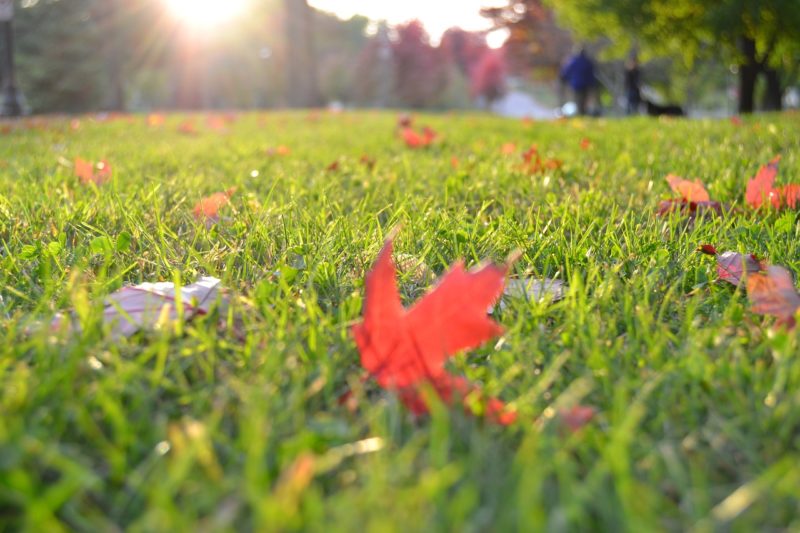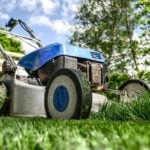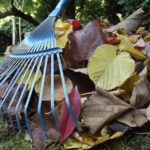
As the days grow shorter and the temperatures start to drop, Chicago area residents must turn their attention to fall lawn care. This time is important for your lawn, and you want to make sure you practice proper lawn care to ensure your grass is healthy all year long. A long, cold winter is ahead, so try these fall lawn care tips to increase the chances of your lawn surviving winter and recovering in Chicago.
1. Change How You Mow Your Lawn
In the fall, you should decrease the height of your lawn mower’s blades. At this time, your lawn is preparing for dormancy for the remaining portion of the year, so grass tends to grow slower. You’ll notice that you don’t need to mow as frequently as you did throughout the summer. Gradually lower your blade height to 1.5 inches high.
2. Kick the Remaining Weeds
You might have spent the entire summer battling weeds. Hopefully, by the lawn, you are victorious in your battle, but use this time in the fall to try to eradicate any remaining weeds. Some weeds are aggressive, and they will take over your lawn as your grass starts to grow slower in the fall.
3. Understand Aeration
Aeration is important for Chicago area lawns. Core aeration is when homeowners remove plugs of soil over the lawn to open up that is packed down over the summer. Doing so helps air, water, and nutrients move within the soil.
Lawns need to be aerated, and fall is the ideal time for aeration. Doing so in the fall gives your lawn the best chance of receiving nutrients that allow it to last throughout the winter.
4. Rake Your Lawn
Another tip you should try is raking your lawn. You want to remove leaves from your lawn before the snow falls. Leaves will decompose over time, pulling moisture away from your soil, and introducing an environment that insects love. It could introduce disease to your lawn, or layers of leaves might leave dead spots in your yard. Instead, rake up the leaves and put them in your compost!
5. Remember to Over-Seed
If you want a green, lush lawn, overseeding is important. Over time, your grass ages and the reproduction rate slows down. It creates patches of unhealthy grass throughout your lawn. Those areas make it easy for weeds to take over again.
In the fall, spread grass seed over your entire lawn. You want to make sure you do so before the first snowfall, so don’t wait too long. New grass will pop up in these patches, filling them with fresh grass. Wintertime ensures the soil stays moist which allows for quick germination rates in the spring. Also, if you can plan to overseed after aeration, your results should be better.
6. Don’t Forget Fall Fertilizing
Fall is when your grass needs nutrients to ensure it thrives until dormancy. Homeowners need a special, fall fertilizer that provides all of the nutrients. A fertilizer with higher potassium levels prevents grass blades from drying out and promotes healthy root systems. However, most lawns in Chicago area tend to have higher levels of potassium already, so consider a slow-release, organic fertilizer high in nitrogen instead.
Using a fertilizer keeps the grass healthy throughout the fall, and encourages the grass to come back in spring. You want to fertilize early in the fall season. Doing so keeps your lawn lush for as long as possible. However, if you do use a fertilizer higher in potassium, apply later in the season to reduce lawn diseases.
7. Check for Grubs
Grubs love to chew grass roots. If your grass turns brown and lifts easily, you might have grub issues. Check for white, C-shaped larvae with blackheads. If you find more than 12 in a square foot, consider treating with chemicals before the temperatures dip lower and the grubs retreat further in the ground.
For more information on how to take care of your lawn in the fall visit our Chicago lawn care page.






